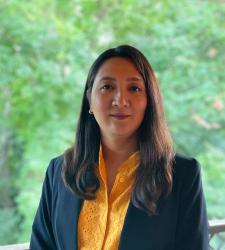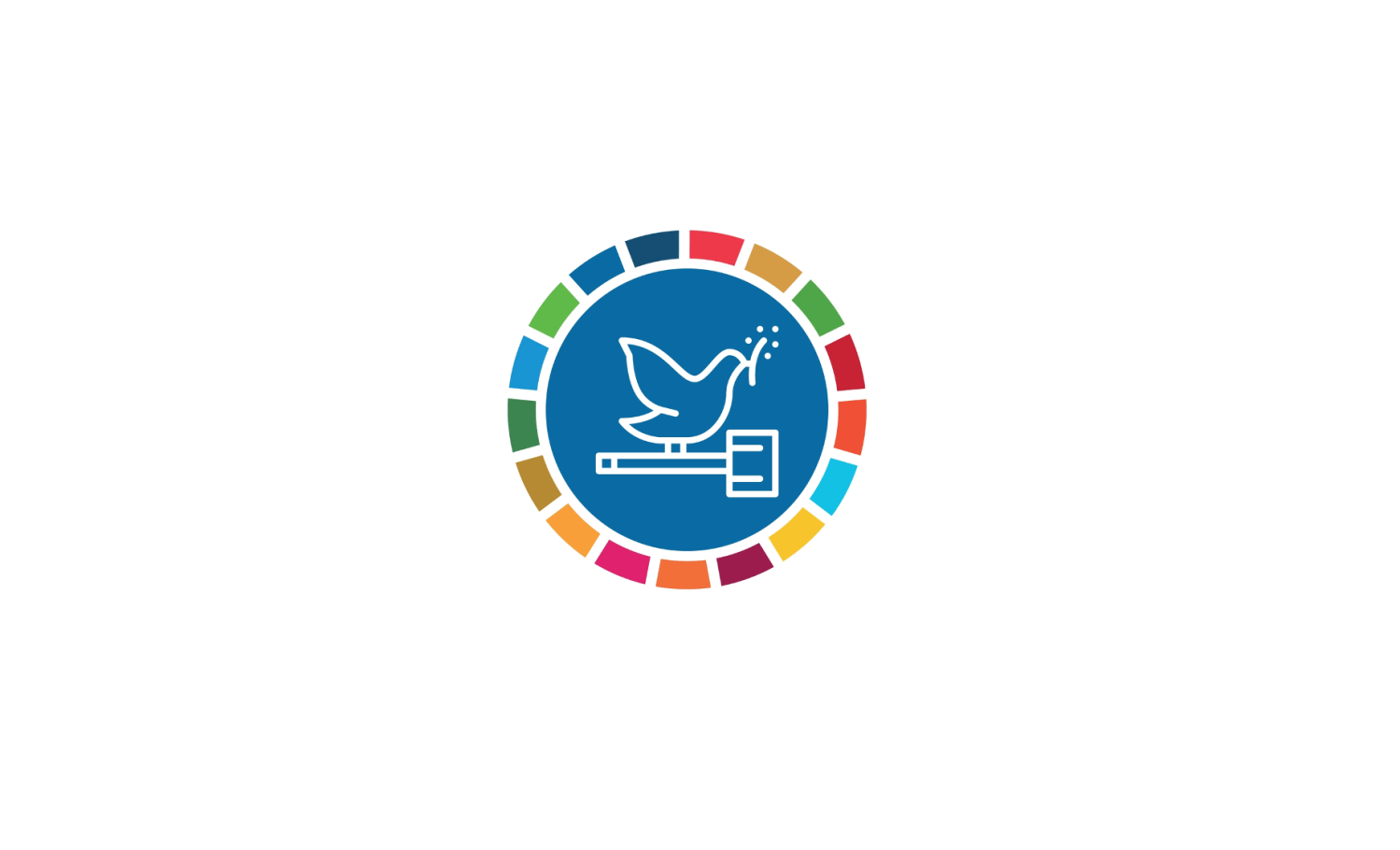This essay is part of “The SDG second half: Ideas for doing things differently.”
In 2023, concurring economic, social, and environmental crises are disproportionately affecting fragile states, creating a grim outlook for achieving the SDGs by 2030. The Global Peace Index Report for 2022 indicates deteriorating global peacefulness since 2014, with a growing gap between the most peaceful and least peaceful countries. SDG progress has been either stagnating or declining in more than half of the fragile states. Poverty and insecurity are on the rise in conflict-affected and fragile countries, where 20 percent of the global share of those in extreme poverty live; this is expected to rise to more than 50 percent by 2023. In addition, fragile countries are not on track with SDGs related to hunger, good health, and gender.
During the second half of the SDG era, the international community must take more risks than it does in traditional development processes if conflict-affected and fragile countries are to make more SDG gains.
A traditional economic development agenda in developing countries focuses on interdependent issues like growth, governance, poverty reduction, better services, and infrastructure. However, development is reversible and fragile in the occurrence of shocks. Resilience depends largely on the strength of the institutions. The g7+ group of conflict-affected countries advocated strongly, and successfully, for the New Deal principles, established in 2011, to be incorporated into the 2030 Agenda and the SDGs: peace-building and state-building goals (PSGs), engagement to support country-owned and -led pathways out of fragility, and commitments to results.
What does constructive risk-taking look like in fragile countries? Three steps can help drive better progress:
- Strengthen emphasis on SDG 16. Peace, reconciliation, and political stability—foundational elements of SDG 16—must be given stronger political weight in both international and country-level SDG discussions. In my own conversations with the g7+ secretariat, they insist that without a stronger commitment to peace, achieving SDG targets will be a challenge. Multi-year development planning needs farsighted and stable political environments that provide a smooth transition from quick response to long-term development efforts. To level the foundations, the international community must put more emphasis on both peace-building and peacemaking efforts. Addressing horizontal inequalities and keeping closer watch on drivers of internal conflict and community-level peace-building are essentials for the way forward.
- Build ownership and institutions in a more measurable manner. Donors need to channel more funds through government systems to build trust and ownership in fragile countries. The SDGs represent an enormous undertaking for fragile countries with low spending capacities. Building institutions and capacities takes time. Where the risk levels for corruption and misuse are extremely high, there is a need for joint program implementation between the government and donors. Multi-donor trust funds that channel money and decisionmaking power through government systems can be good models.
- Strengthen the basics for data, planning, financing, and expenditure. There should be an expedited effort to coordinate data systems, integrate SDGs into the national planning and budgeting process, and link plans to government and donor expenditure systems and reports. Lack of access to data is a pressing problem in fragile and conflict-affected countries. Governments are constrained by data deprivation due to the flow of funds outside government systems that in turn shape development plans. SDG targets should be translated into realistic multi-year projects through an inclusive approach. Experts in development cooperation need to undertake simple exercises to align SDGs into national data collection, planning, and budgeting cycles.
SDG implementation in fragile countries needs much more partnership and trust between the development partners and host countries. While the international community must harbor more risk in implementing the above actions, host countries must show the commitment to execute and take ownership.




